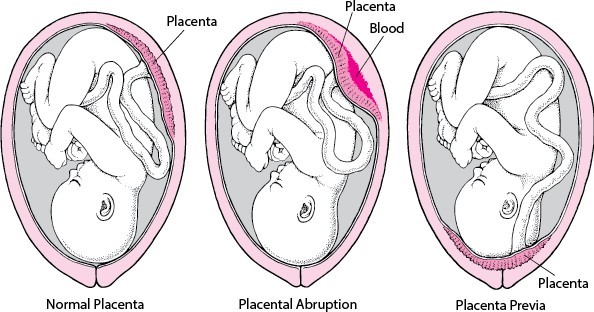A nurse is reviewing the laboratory results of a client who has DKA. The client's ABG results are pH 7.30, PaCO₂ 34 mm Hg and HCO₃ 21 mEq/L. The nurse should identify that these values indicate which of the following acid-base imbalances?
Respiratory alkalosis
Metabolic alkalosis
Metabolic acidosis
Respiratory acidosis
The Correct Answer is C
A nurse reviewing the laboratory results of a client who has DKA should identify that the client's ABG results of pH 7.30, PaCO₂ 34 mm Hg and HCO₃ 21 mEq/L indicate metabolic acidosis. Metabolic acidosis is an acid-base imbalance characterized by a low pH (less than 7.35) and a low bicarbonate level (less than 22 mEq/L).
The other options are not correct.
a) Respiratory alkalosis is an acid-base imbalance characterized by a high pH (greater than 7.45) and a low PaCO₂ (less than 35 mm Hg).
b) Metabolic alkalosis is an acid-base imbalance characterized by a high pH (greater than 7.45) and a high bicarbonate level (greater than 26 mEq/L).
d) Respiratory acidosis is an acid-base imbalance characterized by a low pH (less than 7.35) and a high PaCO₂ (greater than 45 mm Hg).
Nursing Test Bank
Naxlex Comprehensive Predictor Exams
Related Questions
Correct Answer is A
Explanation
a. "Many people have colostomies and they live full lives."
Explanation:
The correct answer is a. "Many people have colostomies and they live full lives."
When a client expresses concerns or distress regarding their colostomy and not wanting others to see the colostomy bag, it is essential for the nurse to provide support and reassurance. Responding by acknowledging that many people live full lives with colostomies helps normalize the experience and offers hope to the client.
Option b, "Would it help to speak to someone else who has a colostomy?" may be a helpful suggestion, but it should not be the initial response. First, it is important to provide immediate reassurance and support to the client before exploring additional resources or contacts.
Option c, "Why don't you want people to see the colostomy bag?" may be seen as invasive and may put the client on the spot, potentially making them feel uncomfortable or defensive. It is important to create a safe and non-judgmental environment for the client.
Option d, "The colostomy is probably only temporary," assumes information about the client's specific situation that may not be accurate. It is important to avoid making assumptions about the duration or permanence of the colostomy unless the client has shared that information. Providing false reassurances can negatively impact the client's trust and emotional well-being.
By responding with the statement that many people live full lives with colostomies, the nurse offers support, normalizes the client's experience, and promotes a positive outlook for the client's future.
Correct Answer is D
Explanation
Placenta previa is a condition where the placenta partially or completely covers the opening of the cervix. One of the hallmark signs of placenta previa is painless vaginal bleeding, typically bright red in color. This bleeding can occur spontaneously or during activities that put pressure on the uterus, such as sexual intercourse or physical exertion.
A rigid abdomen is not typically associated with placenta previa. It may indicate other conditions, such as peritonitis or abdominal muscle rigidity, but it is not a characteristic finding of placenta previa.
Persistent uterine contractions are not typically associated with placenta previa. Placenta previa is more commonly associated with painless bleeding rather than contractions. However, if placenta previa is complicated by other factors, such as placental abruption, contractions and abdominal pain may be present.
Fetal movement is not directly related to placenta previa. Fetal movement can vary from person to person and does not specifically indicate placenta previa. However, it is important for the nurse to assess fetal well-being in clients with placenta previa as bleeding can impact the oxygen supply to the fetus.

Whether you are a student looking to ace your exams or a practicing nurse seeking to enhance your expertise , our nursing education contents will empower you with the confidence and competence to make a difference in the lives of patients and become a respected leader in the healthcare field.
Visit Naxlex, invest in your future and unlock endless possibilities with our unparalleled nursing education contents today
Report Wrong Answer on the Current Question
Do you disagree with the answer? If yes, what is your expected answer? Explain.
Kindly be descriptive with the issue you are facing.
